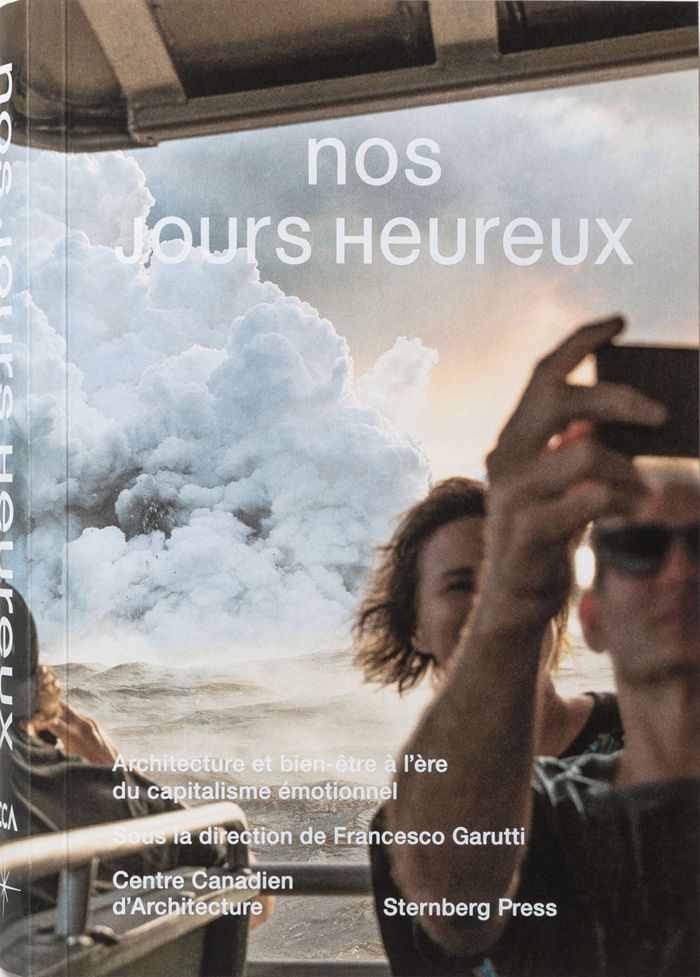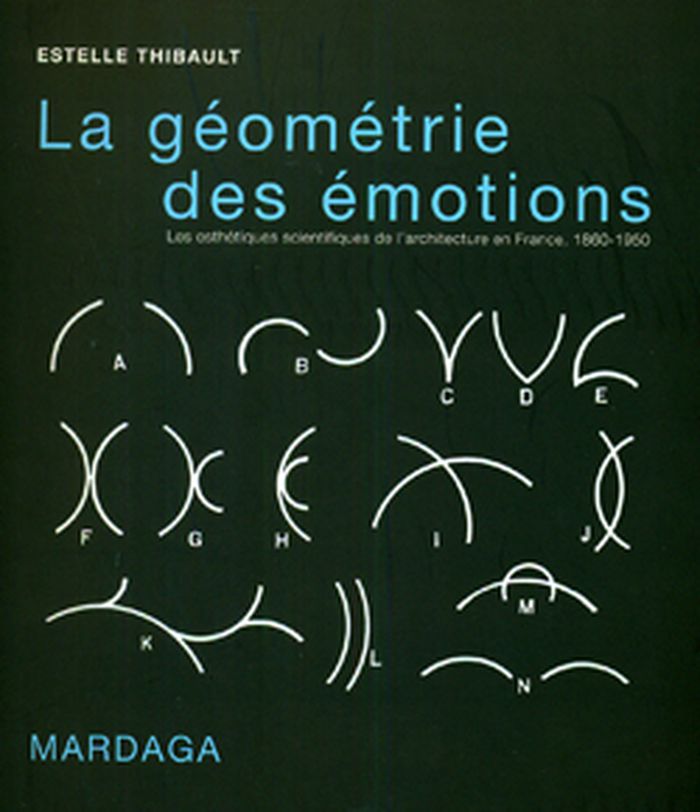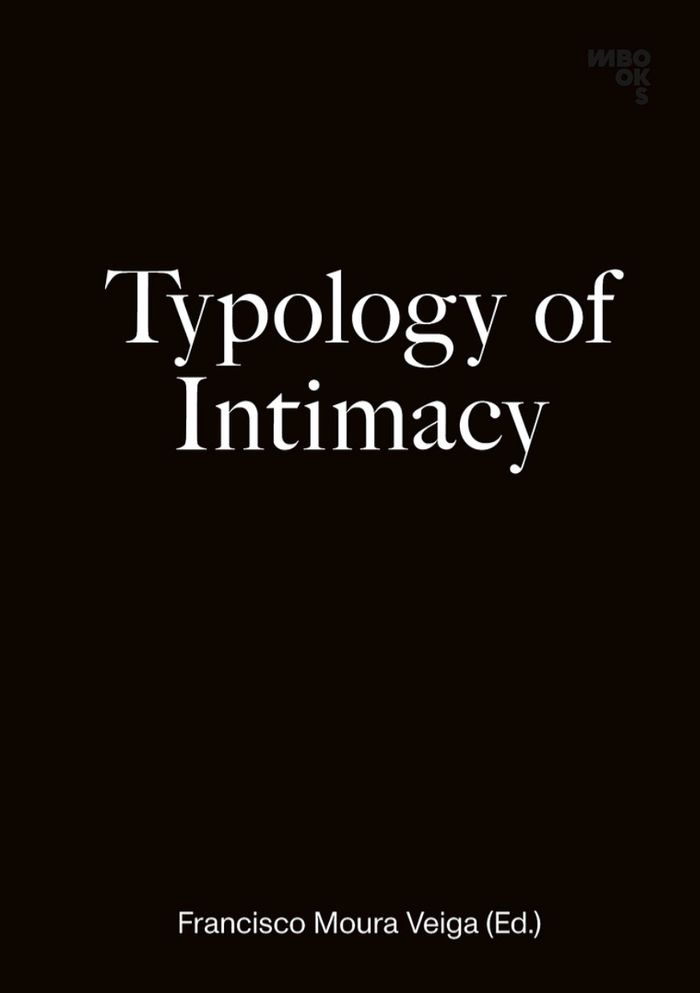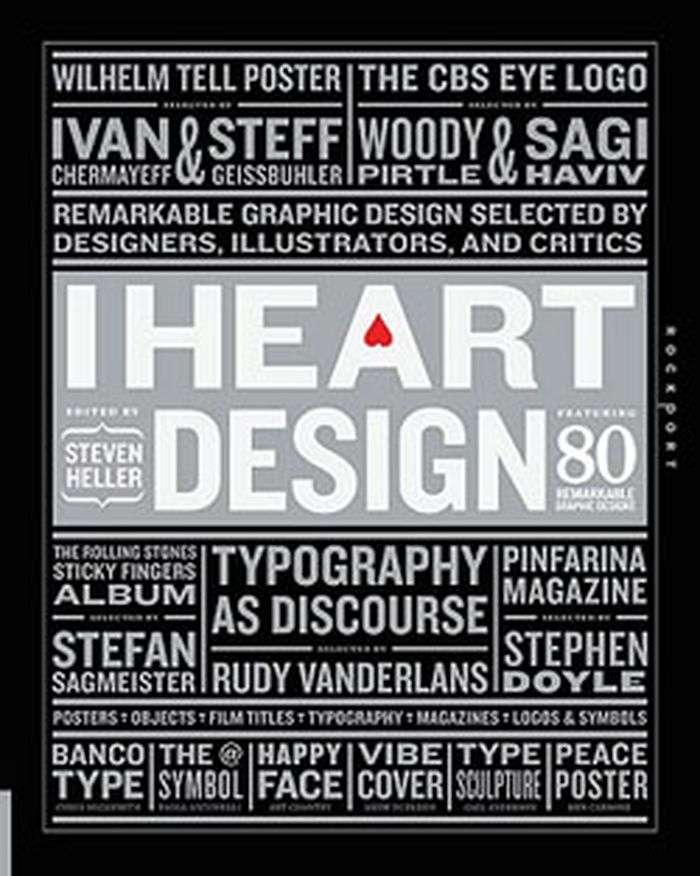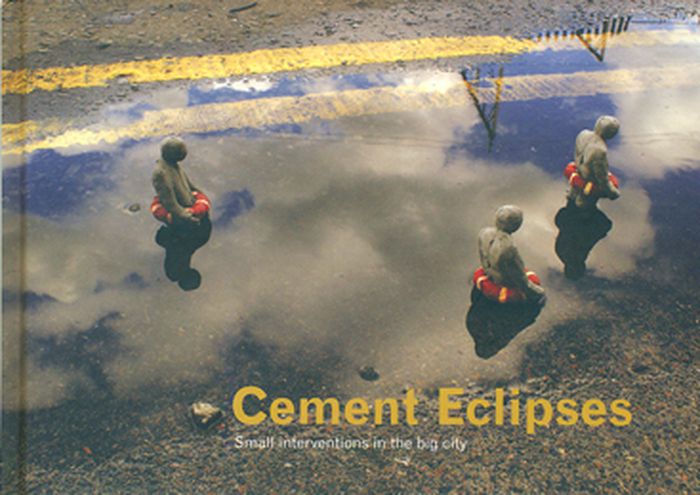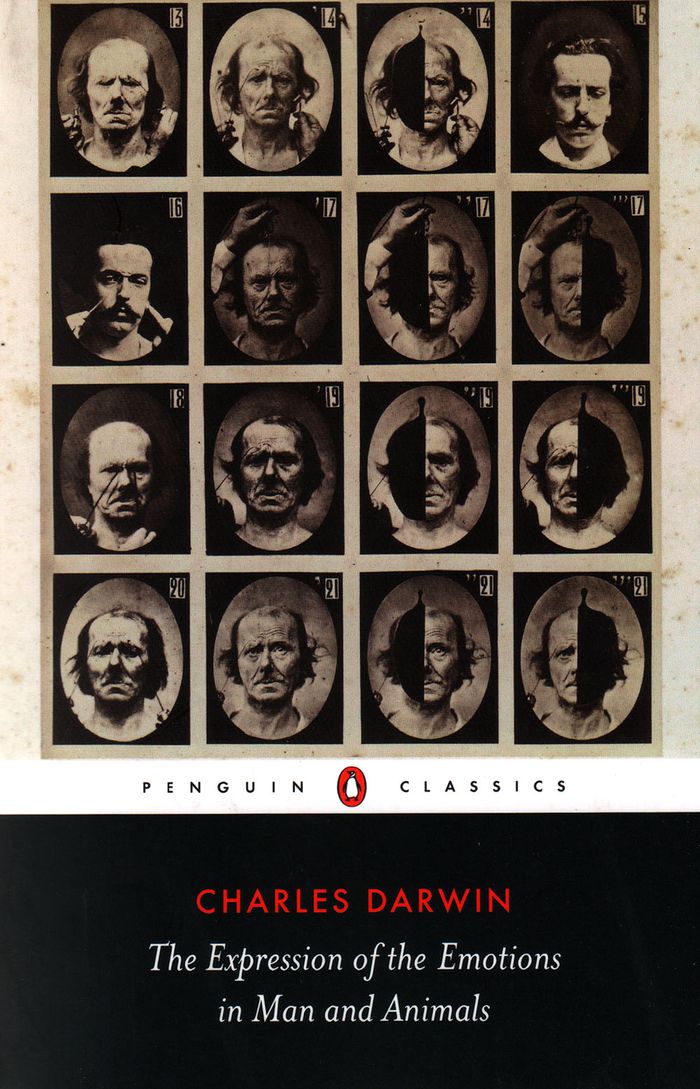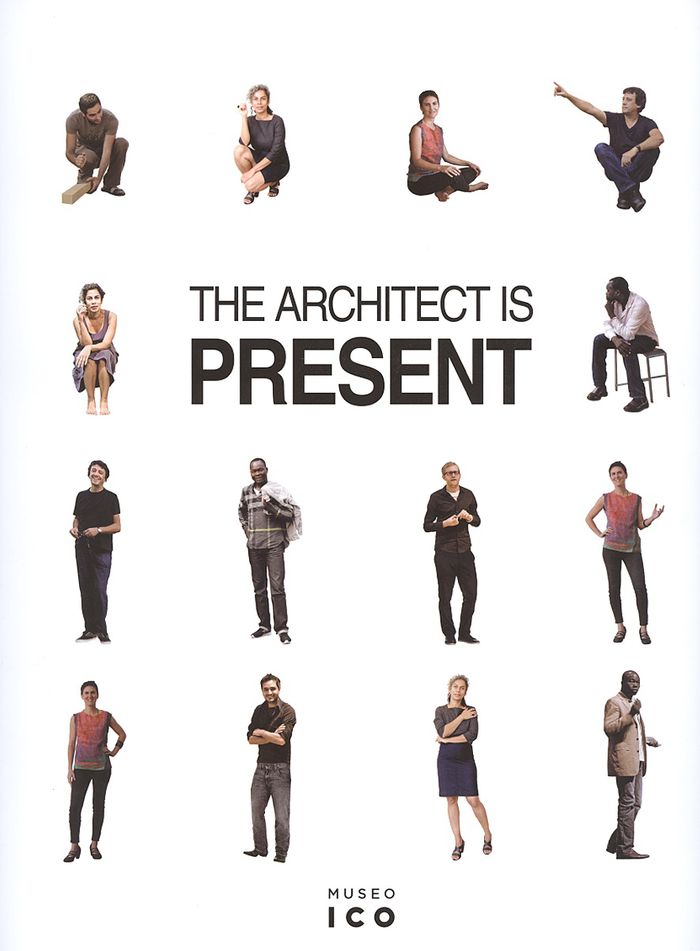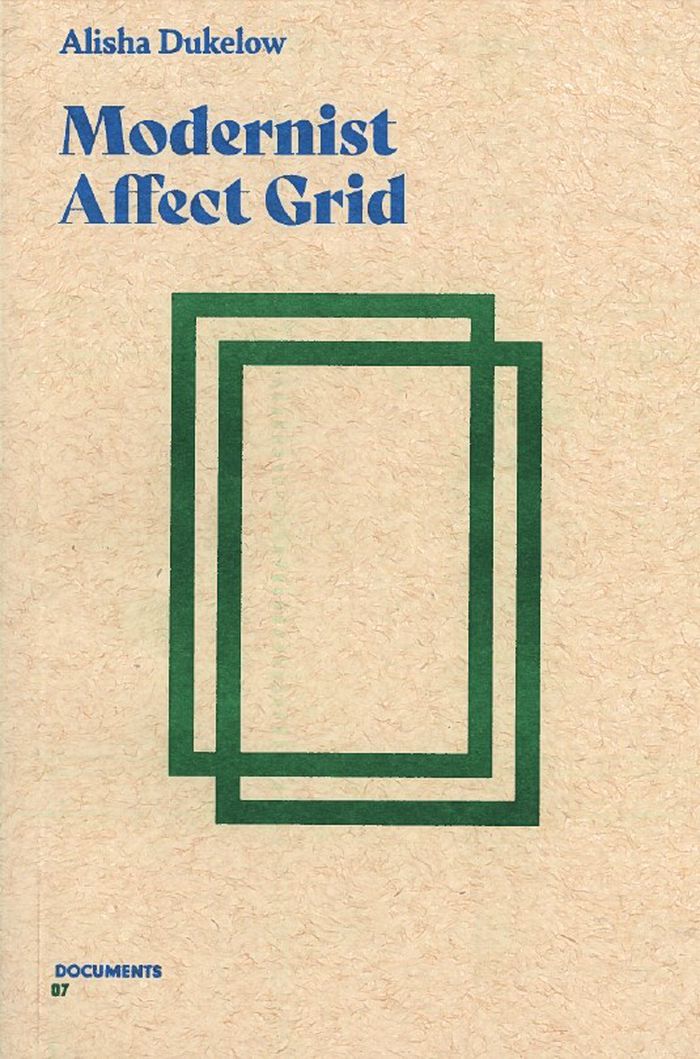$50.00
(available to order)
Summary:
Comment concevoir la ville lorsque nos expériences les plus intimes sont constamment traquées et nos sentiments utilisés comme base à de nouveaux modes de production favorisant l’immatériel au détriment du matériel ? Depuis la crise financière de 2008, les listes d’indicateurs du bien-être et d’indices du bonheur, ainsi que les classements fondés sur la qualité de vie,(...)
Nos jours heureux : architecture et bien-être à l'ère du capitalisme émotionnel
Actions:
Price:
$50.00
(available to order)
Summary:
Comment concevoir la ville lorsque nos expériences les plus intimes sont constamment traquées et nos sentiments utilisés comme base à de nouveaux modes de production favorisant l’immatériel au détriment du matériel ? Depuis la crise financière de 2008, les listes d’indicateurs du bien-être et d’indices du bonheur, ainsi que les classements fondés sur la qualité de vie, circulent de manière virale. Parallèlement, les données émotionnelles présentées dans ces enquêtes, y compris les perceptions relatives aux notions de solitude, d’amitié et de peurs intimes, alimentent un agenda politique du bonheur en croissance et une nouvelle forme de marché dont l’atout le plus déterminant est l’« affect ». Nos jours heureux examine les implications architecturales de cette tendance en disséquant et en questionnant les conditions politiques, économiques et émotionnelles qui génèrent l’espace aujourd’hui. Structuré comme une narration visuelle – assortie de lectures critiques de William Davies, Daniel Fujiwara, Simon Fujiwara, Ingo Niermann, Deane Simpson et Mirko Zardini –, cet ouvrage présente l’architecture, la ville et le paysage comme des surfaces contestées, prises entre les lignes directrices intangibles des indices de bonheur, le nouveau marché des émotions et l’idéologie implacable de la positivité.
CCA Publications
La géométrie des émotions: Les esthétiques scientifiques de l'architecture en France 1860-1950
$65.00
(available to order)
Summary:
A une époque où l'esthétique française affine son statut de discipline scientifique. les architectes convoquent à leur tour un ensemble aux frontières mouvantes, articulant physiologie sensorielle, psychologie ou sociologie, et perméable à des courants plus ésotériques. Jusqu'où ces savoirs guident-ils le projet d'une rationalisation des états affectifs engendrés par(...)
La géométrie des émotions: Les esthétiques scientifiques de l'architecture en France 1860-1950
Actions:
Price:
$65.00
(available to order)
Summary:
A une époque où l'esthétique française affine son statut de discipline scientifique. les architectes convoquent à leur tour un ensemble aux frontières mouvantes, articulant physiologie sensorielle, psychologie ou sociologie, et perméable à des courants plus ésotériques. Jusqu'où ces savoirs guident-ils le projet d'une rationalisation des états affectifs engendrés par l'environnement bâti ? Comment s'ajustent-ils aux débats doctrinaux qui traversent le champ architectural ? De César Daly à André Lurçat, cet ouvrage propose d'explorer ces tentatives visant à fonder une science de l'esthétique architecturale. De l'éclectisme stylistique au purisme géométrique, l'hypothèse d'un vocabulaire émotif de l'architecture se décline à partir de modélisations variées des processus de perception : associationnisme, théories de l'empathie ou conceptions mécanistes. Se construisent autant de méthodes d'analyse formelle, qui tendent à réduire l'architecture à des composantes géométriques. L'ouvrage révèle des continuités inattendues, entre culture beaux-arts et mouvement moderne ; il met également en évidence les porosités des théories architecturales aux imaginaires scientifiques de leur temps.
History until 1900, France
books
Description:
348 pages : color illustrations ; 31 cm
Paris : Norma éditions, [2015]
Maurice Sauzet, poétique de l'architecture / sous la direction de Chris Younès ; textes de Augustin Berque, Maurice Sauzet, Chris Younès ; photographies de Christian Larrit.
Actions:
Holdings:
Description:
348 pages : color illustrations ; 31 cm
books
Paris : Norma éditions, [2015]
$48.00
(available in store)
Summary:
Conceived as an emotional compendium of small, function-specific enclosures and temporary structures, ‘'Typology of Intimacy'’ proposes the booth as the embodiment of intimacy through the voices of an eclectic group of people. Through a series of in-depth interviews and contributions from researchers, artists, architects, and writers, it formulates the core of an ongoing(...)
Typology of intimacy. An emotional catalog of booths
Actions:
Price:
$48.00
(available in store)
Summary:
Conceived as an emotional compendium of small, function-specific enclosures and temporary structures, ‘'Typology of Intimacy'’ proposes the booth as the embodiment of intimacy through the voices of an eclectic group of people. Through a series of in-depth interviews and contributions from researchers, artists, architects, and writers, it formulates the core of an ongoing artistic and architectural investigation into the entanglement of space and emotion. With contributions by David Bergé, Carla Ferrando, Balts Projects, Mirko Zardini, Cynthia Davidson, Nikos Magouliotis, Girão Lima Arquitectos, Dawn Nilo, Lev Bratishenko, Mariana Siracusa, TAB Collective, Manuel Henriques, and more.
Architectural Theory
$49.99
(available to order)
Summary:
This publication is a collection of “favorite” designs as selected by 80 graphic designers, typographers, teachers, scholars, writers and design impresarios. Designers have preferences, like modern over postmodern, serif over sans serif, decorative over minimal, but designers could not be engaged in design practice if they did not love design. The reasons for such a(...)
I heart design, featuring 80 remarkable graphic designs
Actions:
Price:
$49.99
(available to order)
Summary:
This publication is a collection of “favorite” designs as selected by 80 graphic designers, typographers, teachers, scholars, writers and design impresarios. Designers have preferences, like modern over postmodern, serif over sans serif, decorative over minimal, but designers could not be engaged in design practice if they did not love design. The reasons for such a charged emotion varies from individual to individual, but there are certain commonalities regarding form, function, outcome, and more. Design triggers something in all of us that may be solely aesthetic or decidedly content-driven, but in the final analysis, we are drawn to it through the heart.
Graphic Design and Typography
$27.00
(available to order)
Summary:
Isaac Cordal is a sculpture artist from London whose sculptures take the form of "little people" sculpted from concrete and placed in "real" situations. Cordal manages to capture much emotion in his vignettes, in spite of the little people's lack of detail or color. He is sympathetic toward his little people and we empathize with their situations, their leisure time,(...)
Isaac Cordal : cement eclipses, small interventions in the big city
Actions:
Price:
$27.00
(available to order)
Summary:
Isaac Cordal is a sculpture artist from London whose sculptures take the form of "little people" sculpted from concrete and placed in "real" situations. Cordal manages to capture much emotion in his vignettes, in spite of the little people's lack of detail or color. He is sympathetic toward his little people and we empathize with their situations, their leisure time, their waiting for buses and their more tragic moments such as accidental death, suicide or family funerals. His sculptures can be found in gutters, on top of buildings, on top of bus shelters - and in many other unusual and unlikely places.
$25.00
(available to order)
Summary:
Published in 1872, ''The Expression of the Emotions in Man and Animals'' was a book at the very heart of Darwin's research interests - a central pillar of his 'human' series. This book engaged some of the hardest questions in the evolution debate, and it showed the ever-cautious Darwin at his boldest. If Darwin had one goal with ''Expression,'' it was to demonstrate the(...)
The expression of the emotions in man and animals
Actions:
Price:
$25.00
(available to order)
Summary:
Published in 1872, ''The Expression of the Emotions in Man and Animals'' was a book at the very heart of Darwin's research interests - a central pillar of his 'human' series. This book engaged some of the hardest questions in the evolution debate, and it showed the ever-cautious Darwin at his boldest. If Darwin had one goal with ''Expression,'' it was to demonstrate the power of his theories for explaining the origin of our most cherished human qualities: morality and intellect. As Darwin explained, "He who admits, on general grounds, that the structure and habits of all animals have been gradually evolved, will look at the whole subject of 'Expression' in a new and interesting light."
Current Exhibitions
The architect is present
$36.00
(available to order)
Summary:
The exhibition ''The Architect is Present'' shows the work of five influential international studios who have turned austerity into their ethic and aesthetic motto. With offices located in five continents, these young architects work in underprivileged contexts, proving that scarcity of means can stimulate technical inventiveness and community participation, and become(...)
The architect is present
Actions:
Price:
$36.00
(available to order)
Summary:
The exhibition ''The Architect is Present'' shows the work of five influential international studios who have turned austerity into their ethic and aesthetic motto. With offices located in five continents, these young architects work in underprivileged contexts, proving that scarcity of means can stimulate technical inventiveness and community participation, and become the basis for a responsible architecture where the vocation of service does not exclude beauty and emotion. From Norway and Germany to Burkina Faso, and from Paraguay to Australia passing through India or Thailand, these studios have built housing, rural schools or social centers with an extraordinary economy of means, admirable adaptation to collective needs and exemplary material execution.
Contemporary Architecture
Modernist affect grid
$20.00
(available in store)
Summary:
In 1962, Place Ville Marie, Montreal’s cross-shaped office tower and underground shopping mall—named after the French Catholic settlement of unceded Mohawk territory that became the colonial city—opened to the public as the Commonwealth’s tallest ''nerve centre'' and ''breathing machine.'' The same year, Silvan Tomkins, the father of affect theory, published Volume I of(...)
Modernist affect grid
Actions:
Price:
$20.00
(available in store)
Summary:
In 1962, Place Ville Marie, Montreal’s cross-shaped office tower and underground shopping mall—named after the French Catholic settlement of unceded Mohawk territory that became the colonial city—opened to the public as the Commonwealth’s tallest ''nerve centre'' and ''breathing machine.'' The same year, Silvan Tomkins, the father of affect theory, published Volume I of ''Affect imagery consciousness'', which exuberantly draws on the then-sensational cybernetic brain-computer metaphor. 1962 also saw the publication of ''Story sequence analysis'' by Magda Arnold, a luddistic and devoutly Catholic psychologist who mothered the monumental cognitive appraisal theory of emotion. ''Modernist affect grid’s'' essay-poems triangulate these events as they emerge amidst the Cold War tech race’s paranoid and projective ambition.
Architecture de Montréal
books
Description:
142 pages : illustrations (some color) ; 33 cm
Munich ; New York : Prestel, ©2004.
Architecture--sculpture / Werner Sewing ; with contributions by Erik Wegerhoff.
Actions:
Holdings:
Description:
142 pages : illustrations (some color) ; 33 cm
books
Munich ; New York : Prestel, ©2004.
